The History Of Hasbro And The Coolest Toys They Offer Now
Take a look at Hasbro's long history and find out some of the coolest toys they make now.
This article is more than 2 years old
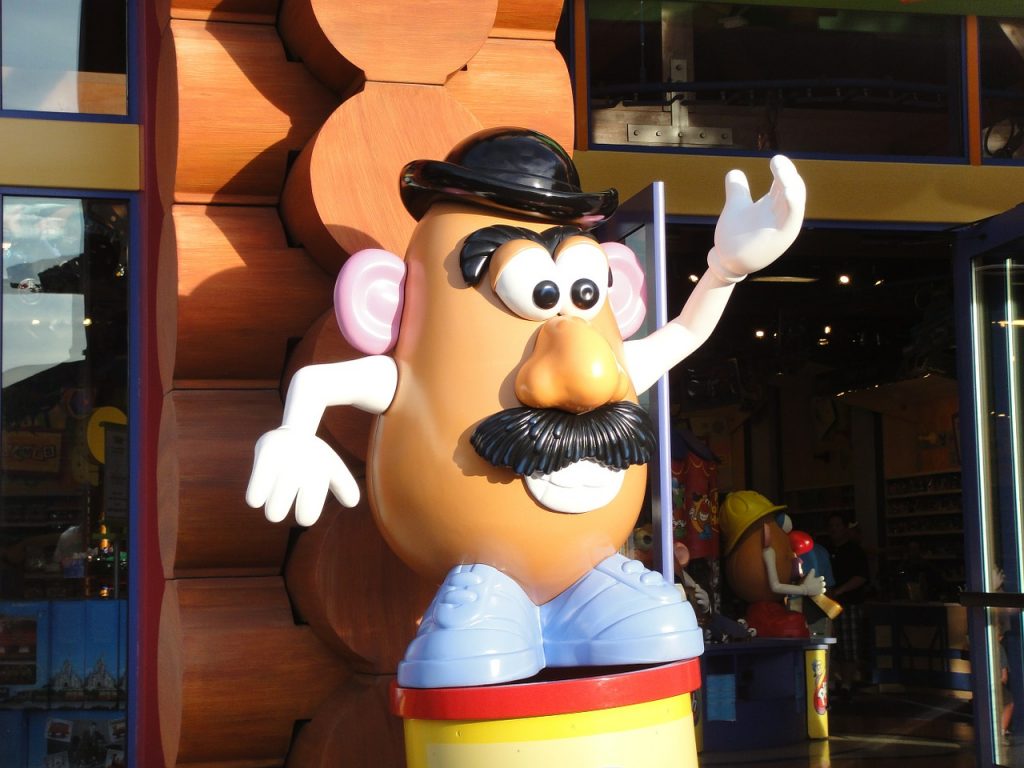
To many, Hasbro is simply known as a popular toy company. Success, though, doesn’t just come simply from the toys they create, it also comes from how these toys relate to pop culture. Hasbro, the second-largest toymaker in the world (behind only Mattel), has its finger on the pulse of pop culture.
Hasbro’s history dates all the way back to the 1920s and after a successful build of non-toy-related items, they found “potatoes” to their liking, which then turned into America’s Army Action Hero that found his way to vehicles turning into robots. It’s been a meteoric rise that was hit with a few dips along the way, but ultimately Hasbro, with a number of very successful acquisitions, has positioned itself to be one of the most reliable and profitable toy manufacturers on the planet. How did they arrive at such a lofty position?
THE HASSENFELD BROTHERS
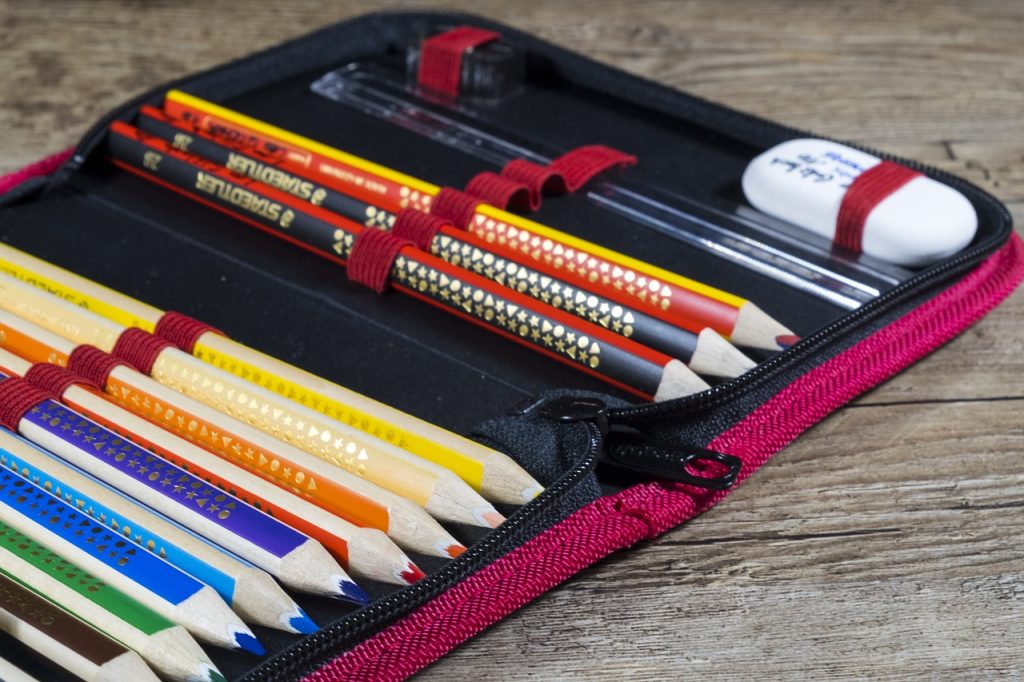
Hasbro’s early life began in 1923 when three Polish-Jewish immigrant brothers, Henry, Hillel, and Herman, founded Hassenfeld Brothers in Providence, Rhode Island. Their business, at that time, had nothing to do with toys, but instead, it was a textile remnant business. They would take the leftover cloth and sell them.
By the time the mid-20s rolled around, the brothers were using the spare remnants to make liners for hats and covers for pencil boxes. They saw how popular the pencil boxes were, so they began to produce the pencil boxes themselves. It proved to be a wise move and in 1926, the brothers incorporated their company as the Hassenfeld Brothers Incorporated.
Hillel left for other textile ventures, so Henry took over their new company. Henry turned out to be a tough and shrewd businessman, something that was necessary as the Great Depression began to take hold of the country. In 1929, he had 150 employees working for him and 200 by 1930 and he pushed to bring in $500,000 in annual sales from the pencil boxes and cloth zipper school pouches. He got just that.
But his pencil supplier saw his success, so they wanted to raise their pencil prices and also sell their own pencil boxes lower than Hassenfeld’s prices. Henry’s solution to it all was to no longer use a pencil supplier and instead manufacture pencils himself.
The Hassenfeld Brothers began to produce their own pencils in 1935. This new venture would end up being a great and steady revenue source for the company for the next 45 years.
CALLING ALL DOCTORS AND NURSES
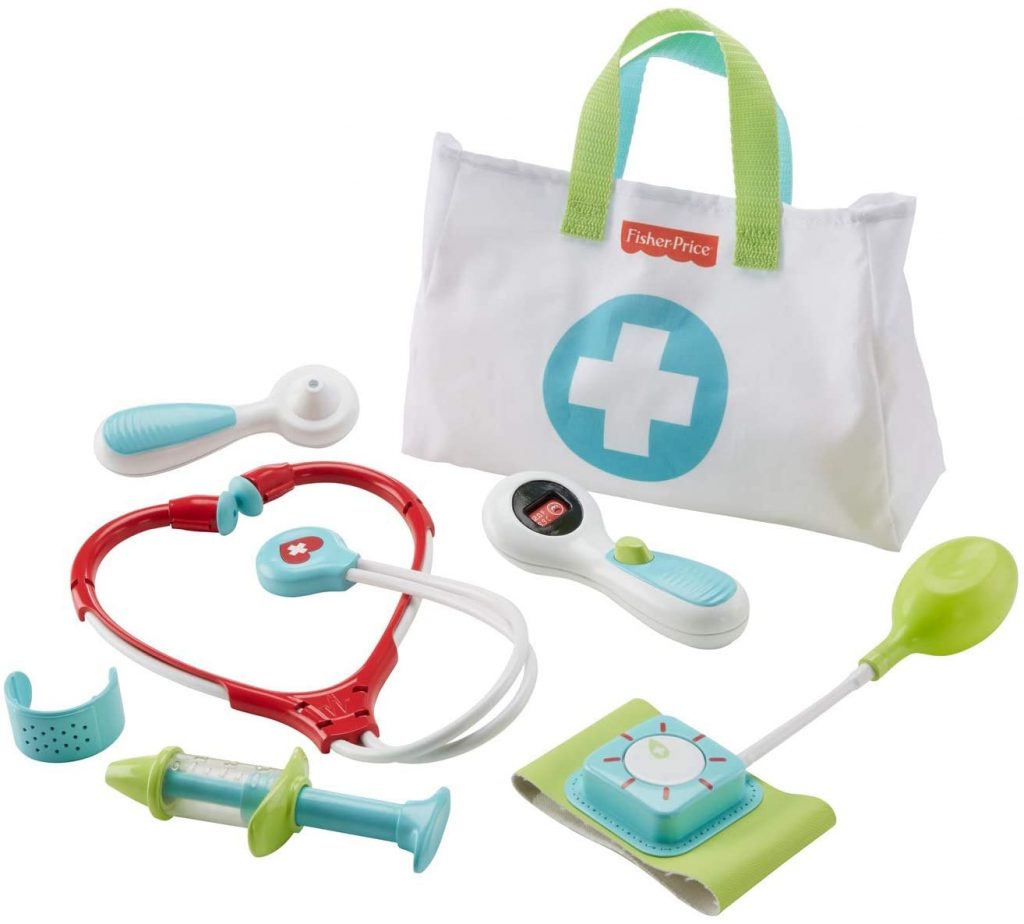
By the late ‘30s, the Hassenfeld Brothers started manufacturing their own toys. This was an extension to the school supplies they sold. Modeling clay was big, so they manufactured that.
What really began to bring more revenue in, though, was a plastic doctor kit. It was immediately popular so to bring in a more inclusive customer, they also made a nurse’s kit. Boys and girls ate them up. As World War II began, they also came up with a junior air-raid warden kit that came with a toy gas mask and a flashlight.
When the war ended, Hassenfeld’s began to manufacture girls’ toy makeup kits. This was another hit for the company, but not as big as what was to come next.
SID CAESAR AND MR. POTATO HEAD
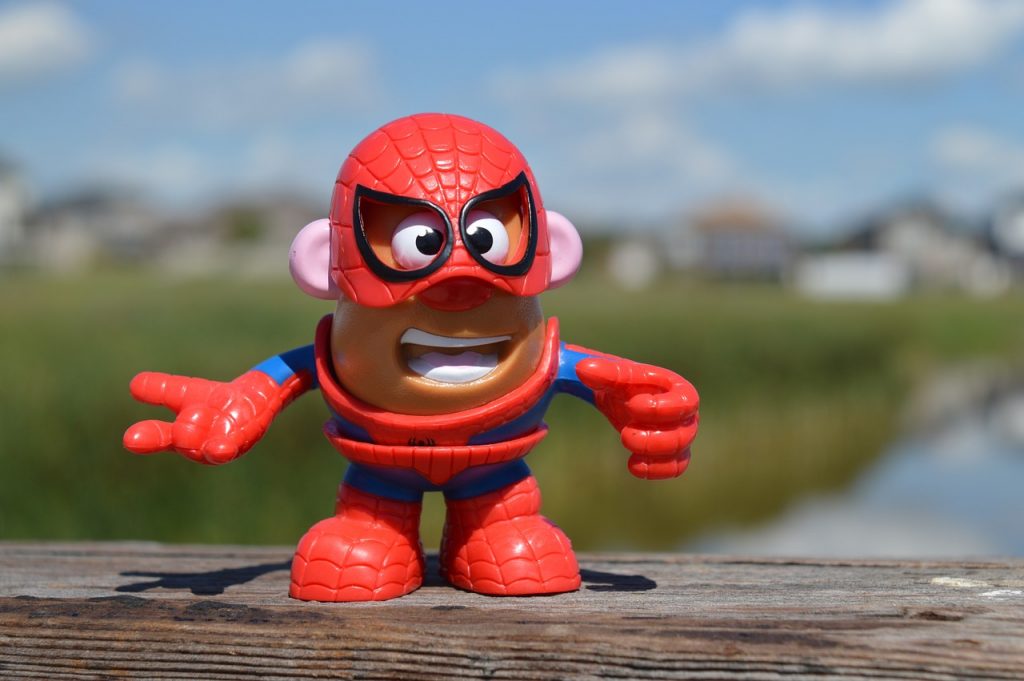
George Lerner was an independent toy inventor who had been trying for years to gain interest with toy companies on a product he thought would be a big seller. None of the companies took interest. Lerner took his creation to Hassenfeld’s, then a growing toy company, and pitched them his product. Merrill Hassenfeld, one of Henry’s two sons, was the first to take Lerner seriously. This was in 1952 and Lerner’s creation was Mr. Potato Head.
Merrill loved the idea so much that he took a chance on it. He did something that at the time was novel; he advertised on a box that would sit in living rooms – the television. Those who owned a TV across the country would see this new toy and it worked. In fact, the toy was so intriguing that television’s most popular star at the time, Sid Caesar, decide to include it on a segment of his Your Show of Shows television program. The Hassenfeld Brothers toy division was finally on the map.
Shortly after Mr. Potato Head became a star, another well-established name reached out to the Hassenfeld Brothers. Walt Disney became a major licensee with his Disney characters. Revenue jumped through the roof and by the time the ‘50s ended, Hassenfeld’s revenue was hitting $12 million, making them one of the largest private toy makers in the world.
Yes, Mr. Potato Head was big, literally and figuratively, but it wasn’t the icing on the cake that was to come.
AMERICA’S ACTION HERO
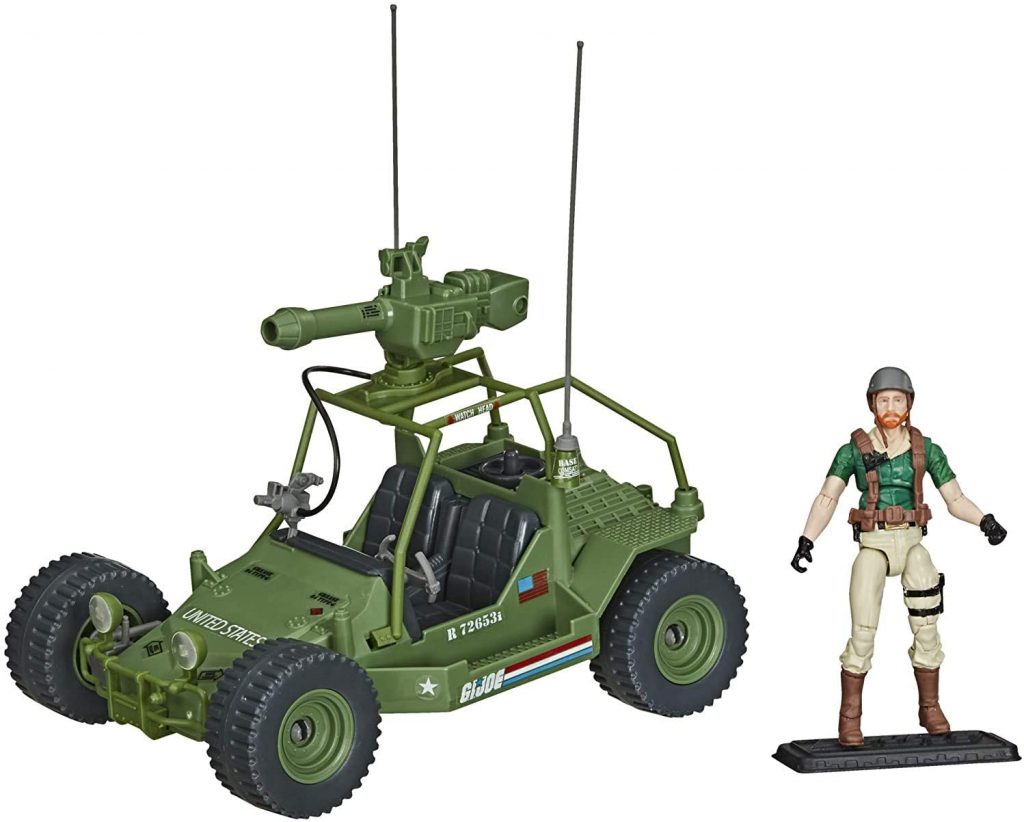
By 1961, Hassenfeld Brothers Ltd.’s Canada division had changed to Hasbro Canada Inc. While their numbers climbed in both Canada and America, they were not content to rest on their laurels. In 1963, they introduced what would become one of the famous and successful toy lines in the entire stratosphere.
The Lieutenant was a television program in the early 1960s about the U.S. Marine Corps. A licensing agent suggested to the still-named Hassenfeld Brothers in America (but soon to be Hasbro) that they should tie in merchandise to that program. Hassenfeld liked the idea but didn’t want to lay fate on a TV show that might last but one season. Instead, Hassenfeld came up with their own concept and it was G.I. Joe.
G.I. Joe was where the term “action figure” originated and it was a massive hit. Introduced in 1964, the posable action figure went on to rake in between $35 and $40 million over its first two years on the market.
THE UPS AND DOWNS
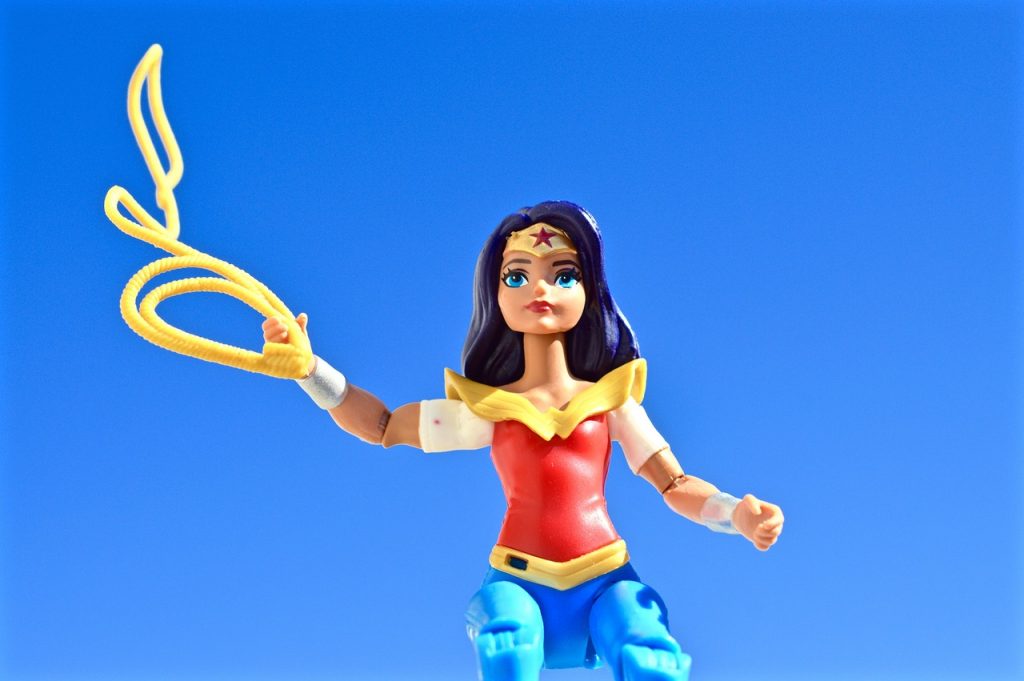
The Vietnam War took its toll on G.I. Joe sales as America found itself disapproving of war toys. Hasbro, which it called itself in America beginning in 1968, changed tactics with the once-popular action figure and took him from a fighting soldier and made him into more of an action-adventure hero.
Hasbro was also beginning to expand its company ventures. Not only were they producing toys, but they began to dabble in television. Romper Room and the Galloping Gourmet with Graham Kerr were just two of the popular shows under the Hasbro umbrella. With the Galloping Gourmet, they also began to manufacture cookware.
The ‘70s were not a popular time for Hasbro as family in-fighting took its toll. Poor decisions contributed to falling revenue, so something needed to change. Luckily the ‘80s were staring them in the face.
LET’S BUY!
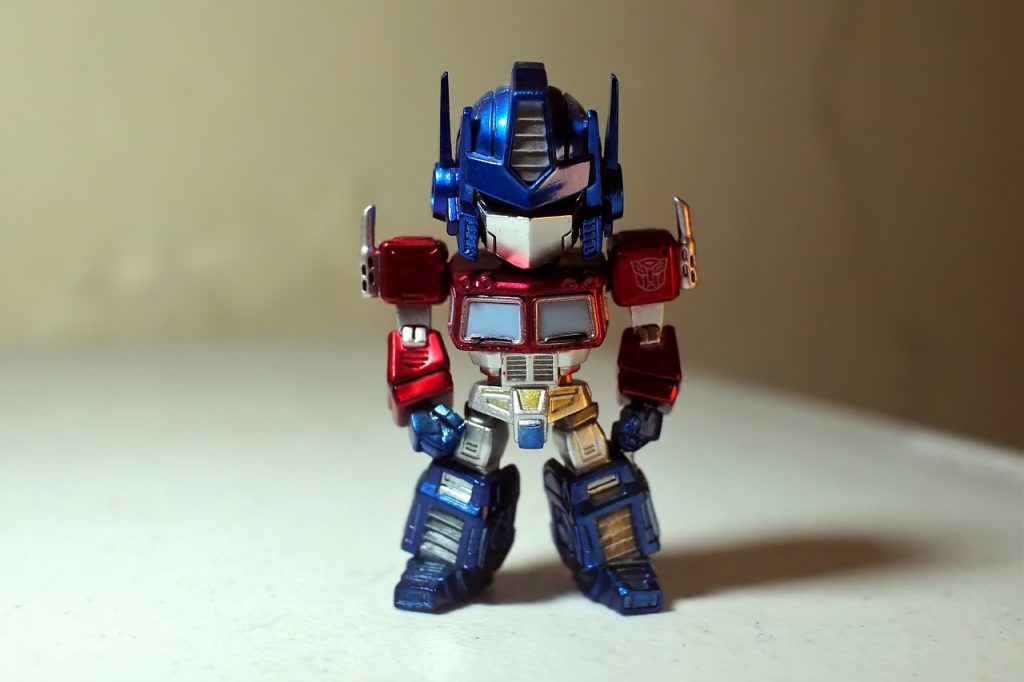
When the ‘80s hit, Hasbro began to see the light of day. A number of successful purchases brought Hasbro out of an almost decade-long malaise and shot them back up to the top. They purchased GLENCO. They then sold off 37 percent of its stock to Warner Communications and in return, they got some cash and Warner’s struggling line, Knickerbocker Toy Company, who just so happened to make Raggedy Ann and Raggedy Andy.
Hasbro bought out Milton Bradley. This was the move that positioned Hasbro to the absolute top of the toy-making food chain.
So many things came Hasbro’s way. Tonka and its trucks, Parker Brothers and Monopoly, and Kenner, who at the time was making Batman figures and the Strawberry Shortcake doll. Things were going so good for Hasbro that when Disney released Toy Story, there was an unexpected, but thankful, boom on Mr. Potato Head.
TODAY’S HASBRO
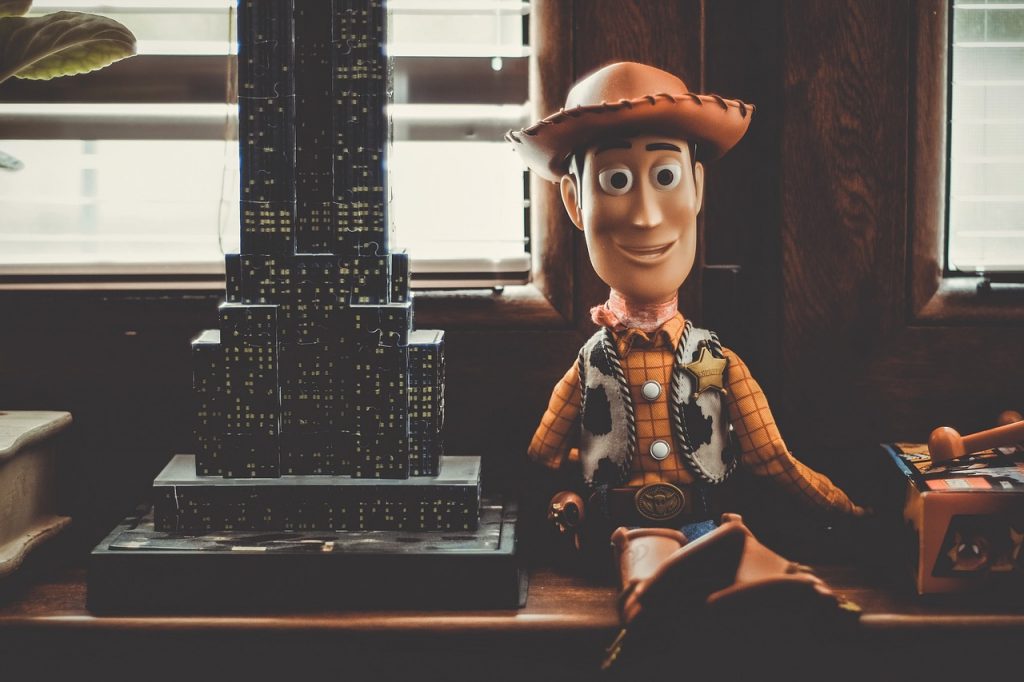
As time moved on for Hasbro, their ability to crossover into merchandise that tied into movies was a brilliant move. Transformers was a smash hit. They also had ties into Star Wars. In 1996. Hasbro’s stock was at $15/share. By the time 2002 rolled around, it had jumped to $25/share. Their success since that time has seen stock prices explode and by the time 2019 hit, Hasbro was looking at a stock that reached as high as $120/share. Of course, the pandemic then took a bite out of it, but they are still holding strong and their market cap is currently valued at a total of $13.47 billion.
BIG TOYS
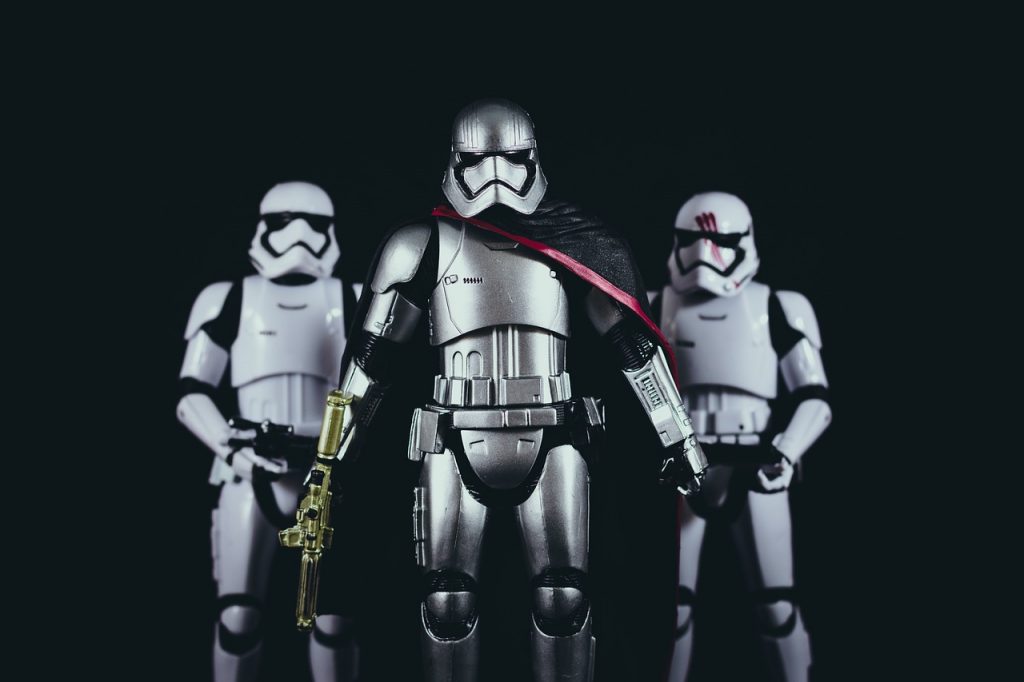
As far as their popularity now with toys, Hasbro still carries a lot of weight. HasbroPulse is a website that advertises toys that cater more toward adults, but the toys are quite popular.
One of the more popular Hasbro toys hitting the market soon is the Spengler’s Proton Pack from the upcoming Ghostbusters: Afterlife movie. It is the most realistic proton pack you can find.
If you are a fan of Loki, Hasbro has just dropped the Marvel Legends Series Loki action figure. It is available for pre-order for $22.99.
If you are a Star Wars fan, then you will love the new Star Wars – Hasbro’s Black Series. Princess Leia Organa is the first action figure they are making available.
Who doesn’t love a good Transformers toy? If you have the extra cash, Hasbro is selling a new Optimus Prime for the price of $80. It is a pretty impressive toy, no doubt.
If you are looking for normal Hasbro products, there is always Operation, Monopoly, Clue, Twister, Yahtzee, or even Risk. Every single one of those can be found here as well as plenty more. With Christmas on its way, there is no time like the present to do a little shopping.











